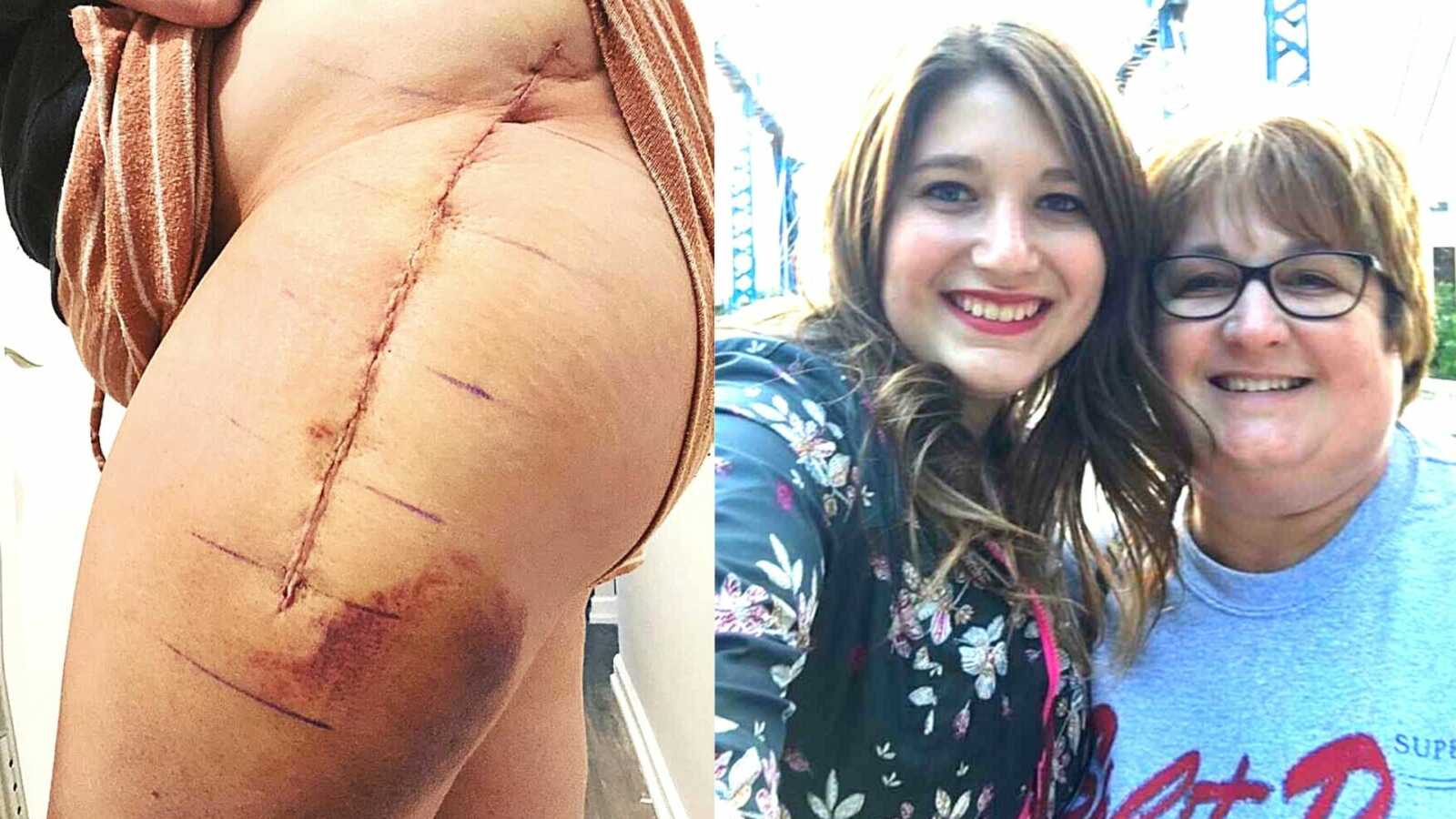“I was born on March 29, 1995, a happy, healthy baby. There weren’t any indications anything was immediately wrong with me. When I was around 6 years old, I began complaining to my mom that my legs, and specifically my knees, hurt. I would squat down compulsively throughout the day to ‘pop’ my knees and would get a few seconds of relief from doing so. Since the pain persisted, my mom took me to our pediatrician who told her it appeared possible that I had some rotation to my femurs, causing discomfort. However, the pediatrician assured my mom that I would ‘grow out of it’ and that as my legs grew, they would straighten. For the next several years, I would cry and complain to my mom, she would take me in, and my doctor would assert that I would be okay. After this went on longer, the pediatrician stated the only way to fix my legs would be to break the femurs, but that this was not a recommended surgery and was only performed by a couple doctors in the United States, so I did not have much of an option.
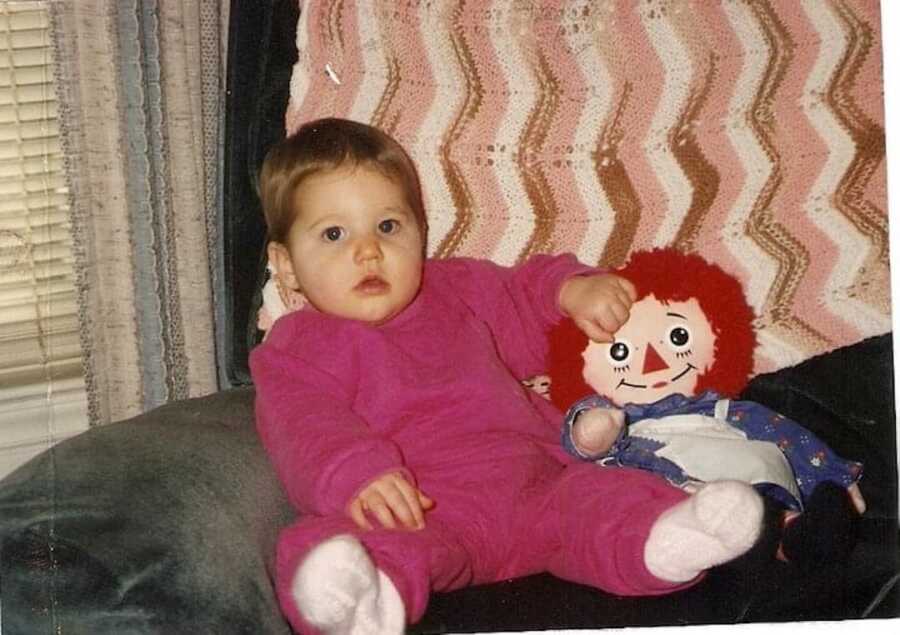
Time moved forward and I remained in pain. Essentially, having inverted femurs means that the top and bottom of the femur do not connect straight into the hip and knee joints. Because of this, I experienced what felt like the femur rubbing bone-on-bone in my joints. I had good days and bad days but overall, I was in constant pain. It was heavy, as a child, to want to be a normal kid but to be in pain so often and trying to reconcile that I didn’t know if, or when, it would get better. I still played AYSO (American Youth Soccer Organization) soccer as a child and tried to remain active. However, a day spent keeping up with friends always meant a night of very poor sleep as my joint pulsated.
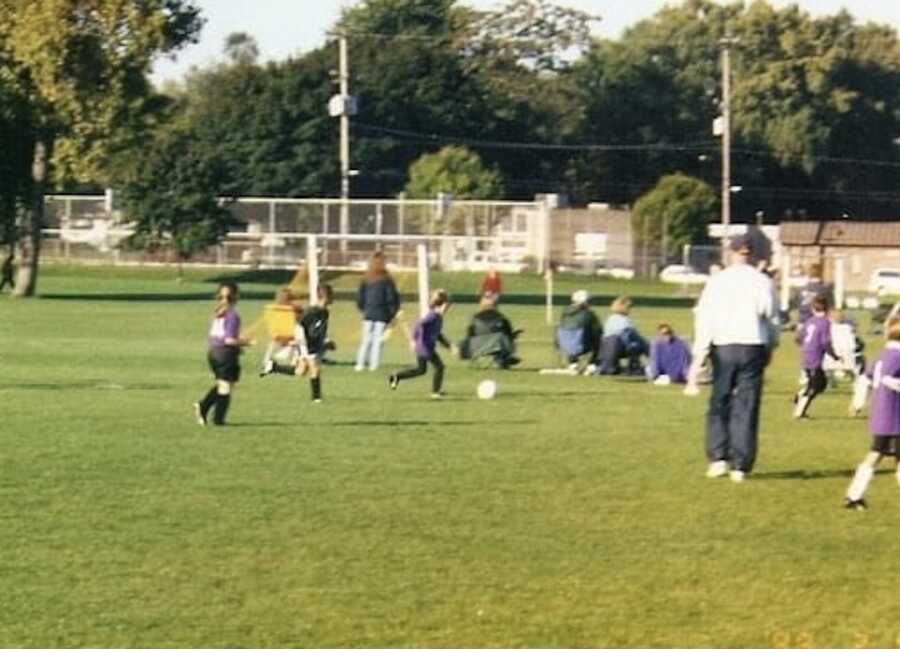
Once in high school, I felt compelled to prove that I wasn’t going to be held back by my pain any longer. You read stories about people being told they will never be able to perform physically to some extent, and they overcome that obstacle. I thought, why not me? Certainly, I can push through and be active. So, I joined our school’s cross-country team. I look back and I’m unsure what the hell I was thinking. I knew my legs were not built for steady walking, let alone running. But I was a teenager with something to prove.
I never was a good runner, my 5k’s were about 27 minutes and I never made Varsity. But each time I finished a race I felt like I had beaten the odds. Perhaps if I could beat the odds while running, I could someday beat the odds and have ‘working’ legs. Of course, my body didn’t respond well to this approach. Multiple days a week my parents would take me straight from practice to physical therapy. As my high school years inched on, I had to spend more and more days on the sideline or at physical therapy than I was able to practice. I cried more times than I can count trying to reconcile with myself if I could push my body to race that day. Sometimes I did, sometimes I wasn’t able to. It was really tough. I felt self-conscious that my teammates would judge me, or that people would think that I was lazy. At one point my coach said to me, ‘You don’t know how lucky you are, I wish I had your legs, it can’t be that bad.’ While running was the thing that was hurting me most, it also brought me an incredible amount of joy too, it brought me new experiences and new friendships and while I was only 17 years old, I knew that part of my life was over. By my senior year, I had dropped out of cross country completely.
Throughout this time period, my mother brought me back to the doctor regularly, always complaining about the same pain and always being told there was nothing that could be done. My mom never gave up, though. If I asked to see the doctor again, we were there, asking the doctor again, ‘Can anything be done?’ My mom (and father by extension) had a lot on her plate. She had 3 children, she was going to college, and she worked full-time. Still, she always showed up for and advocated for me.
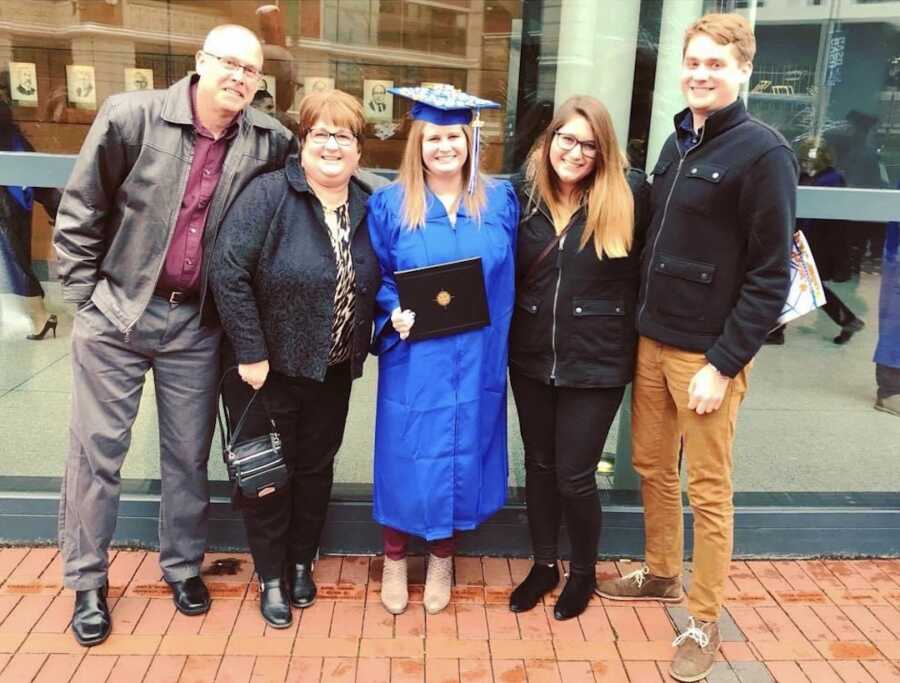
At 18, I was finally referred to a local orthopedic surgeon. This surgeon ordered bone scans, x-rays, and an MRI. He confirmed what my pediatrician suspected all along; my femurs were anteverted. While he was not trained in the surgery referred to earlier (cutting the femur bone- also known as a femoral osteotomy), he hoped he could provide some relief. At 19, I had my first surgery. It was a laparoscopic surgery to repair a torn labrum and to shave down the head of my right femur in hopes that it fit into my hip socket better, causing less scraping and ‘catching.’ After surgery, I underwent more physical therapy. I remained hopeful but quickly realized that it was not the fix that I had hoped for and that my mother had hoped for. There were so many days I remember her fighting back tears saying how much she wished she could take the pain for me. I’m so thankful that I can’t transfer or give her an insight into this pain, but I know that, as my mother, she likely understands more than anyone.
Once this surgery failed, I was out of luck again, my doctor did not have any other referrals or guidance and I drifted into my early 20’s in even more pain than when my issues began. I simply could not give up, however. The pain was too constant. Some days I wished I just didn’t have legs at all. Realistically, I know how incredibly lucky I am to have 2 legs, but the pain didn’t let up and I would find myself thinking about what a relief it would be to just not have legs at all. I couldn’t sit for too long, stand for too long, lay for too long. I felt restless every day. My anxiety reached new levels and I had to begin taking medication. I began researching femoral anteversion online and discovered that, for the last several years, there was a practicing osteopathic surgeon about two hours from our home who performed femoral osteotomes (the ‘radical’ bone-cutting procedure). I told my mom I had found a surgeon, and she was in complete support of me reaching out. I called and scheduled an appointment and more x-rays, MRI’s, bones scans, and testing followed. Every couple of months, my mom and I were driving over two hours to see my surgeon, Dr. Zaltz. My mom sacrificed many days to that road trip. But she always made it fun. We would get lunch at a new restaurant and talk about life. While the stress of my condition was heavy, those frequent road trips with my mom were a moment for us both to reflect and accept our situation. Some days a sibling of mine would tag along but mostly, it was time for me and my mom to be together. Between 19 and 26 we have made likely 15-20 of these day trips. Early college is typically a time when you drift from your family a little, but I still had these really special days one-on-one with my mother, laughing, crying, seeing my surgeon, finding new answers, and sharing lunch.
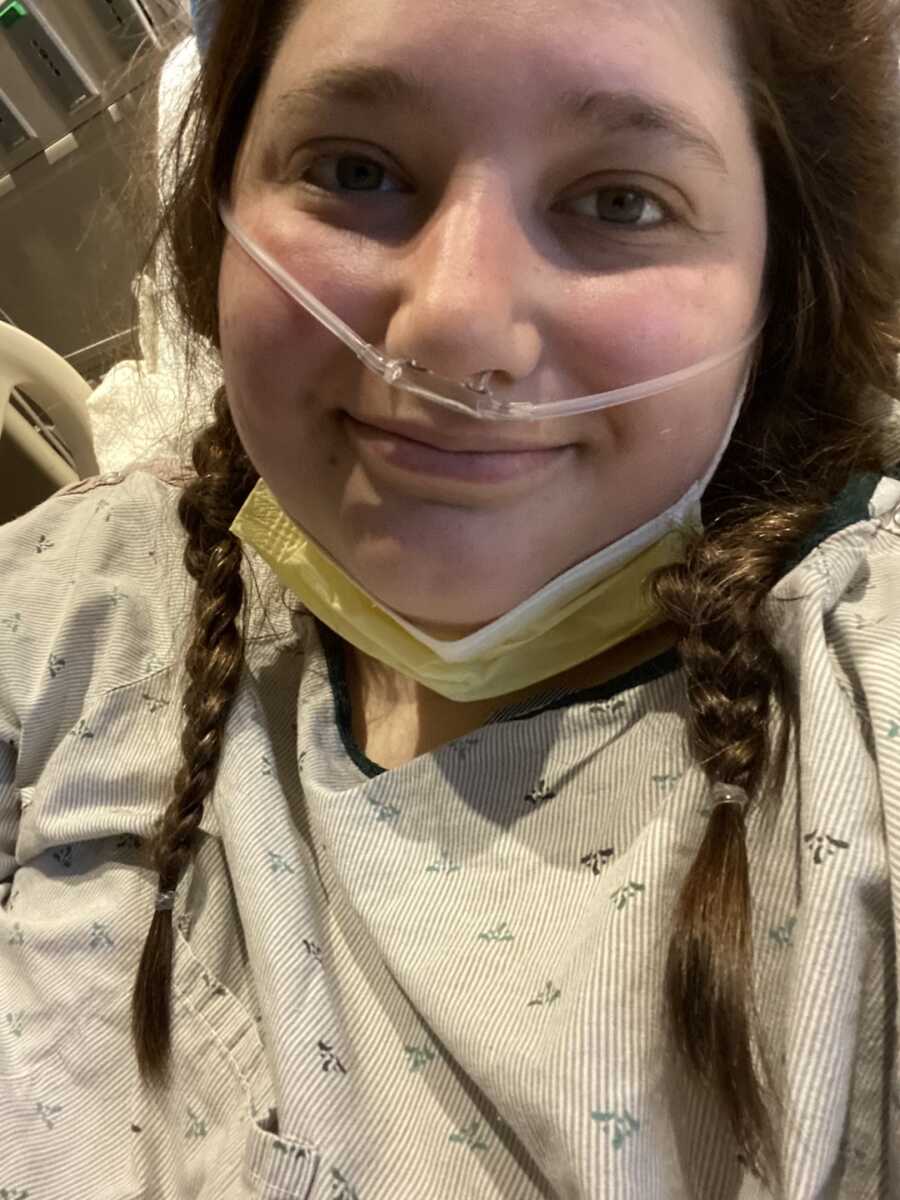
After all the tests were complete and after I attended physical therapy again to demonstrate that it is not a solution to my bone structure, I was scheduled for a right femoral osteotomy in December of 2016, four months before my college graduation. It had been almost 20 years of appointments and advocacy on the part of my mother and finally, I had a solution.
The surgery itself is very tough. The femur is the thickest bone in the human body and the head of the femur, where they cut, is even thicker. My mom recalls my surgeon coming out with an update mid-surgery, sweating from sawing my bone in two. After a multiple hour procedure, I woke up in incredible pain. There is no way to describe what it feels like, but imagine your bone being sawed in half and then twisted and you probably get the idea. I woke up and cried for my mom. Here I was, a grown adult by this point, and all I wanted was to see her because moms always make it better, right? The nurses wouldn’t let her see me. I was in too much pain and too upset and they feared how my mom would react. Once I got my pain under control, she was able to see me. We spent three days in the hospital where I had time to recover and learn to adapt to my new situation, learning how to put on my socks, how to use crutches on stairs, how to take a shower. The car ride home, over two hours away was the most challenging part of surgery. There is no easy way to make a long trip with a freshly broken femur. I know that my mom struggled a lot on this car ride back. There was no way for me to mask how much pain I was in, and she felt that. I know that my mom felt helpless, I felt helpless too.
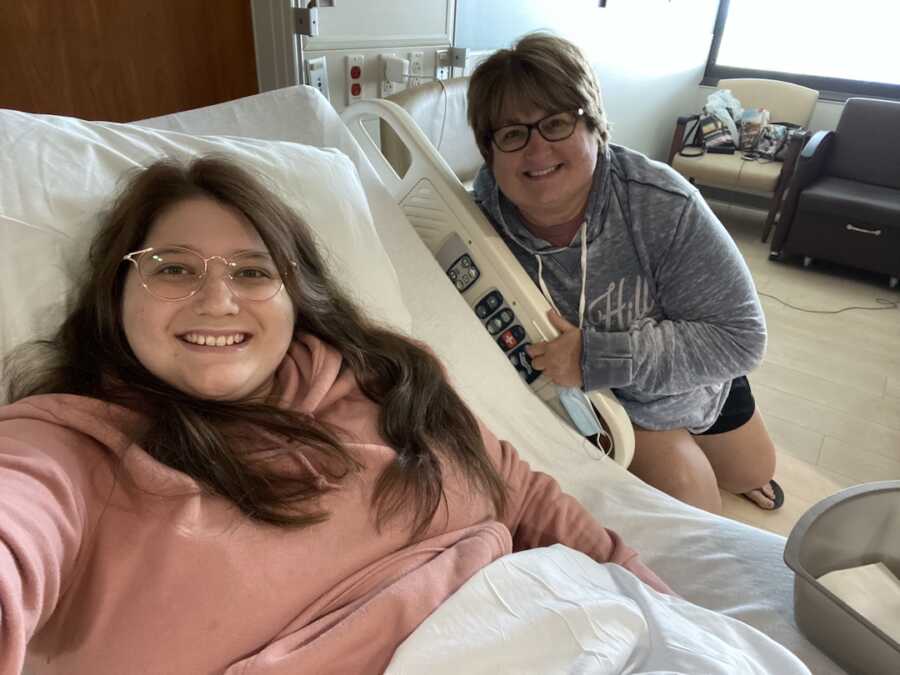
Recovery is long. For the first eight weeks I couldn’t even do physical therapy. I had to wait for the bone to grow back together. Once it did, I was able to begin physical therapy for the 6th (or was it 7th?) time in my short life. I lost all my muscle memory. Even once the bone grew together, I couldn’t walk because while my brain remembered the steps, my body couldn’t put it into motion. Slowly but surely, I learned to walk again.
It was my hope that I could avoid surgery on my other leg, but I knew deep down that I would need to go under the knife again. About a year after my femoral osteotomy, I had my hardware removed. It was at this time that we started discussing my left leg. I held off as long as possible. However, my walking was getting so poor that I had to go to physical therapy yet again.
In June of this year, I underwent round two of my femoral osteotomy. While I am 26 now, and engaged, my mom remained steadfast by my side. This time, the surgery was easier. I knew what to expect and I was ready. It’s been eight weeks since surgery and after over 20 years of searching for relief, I can see the light at the end of the tunnel.
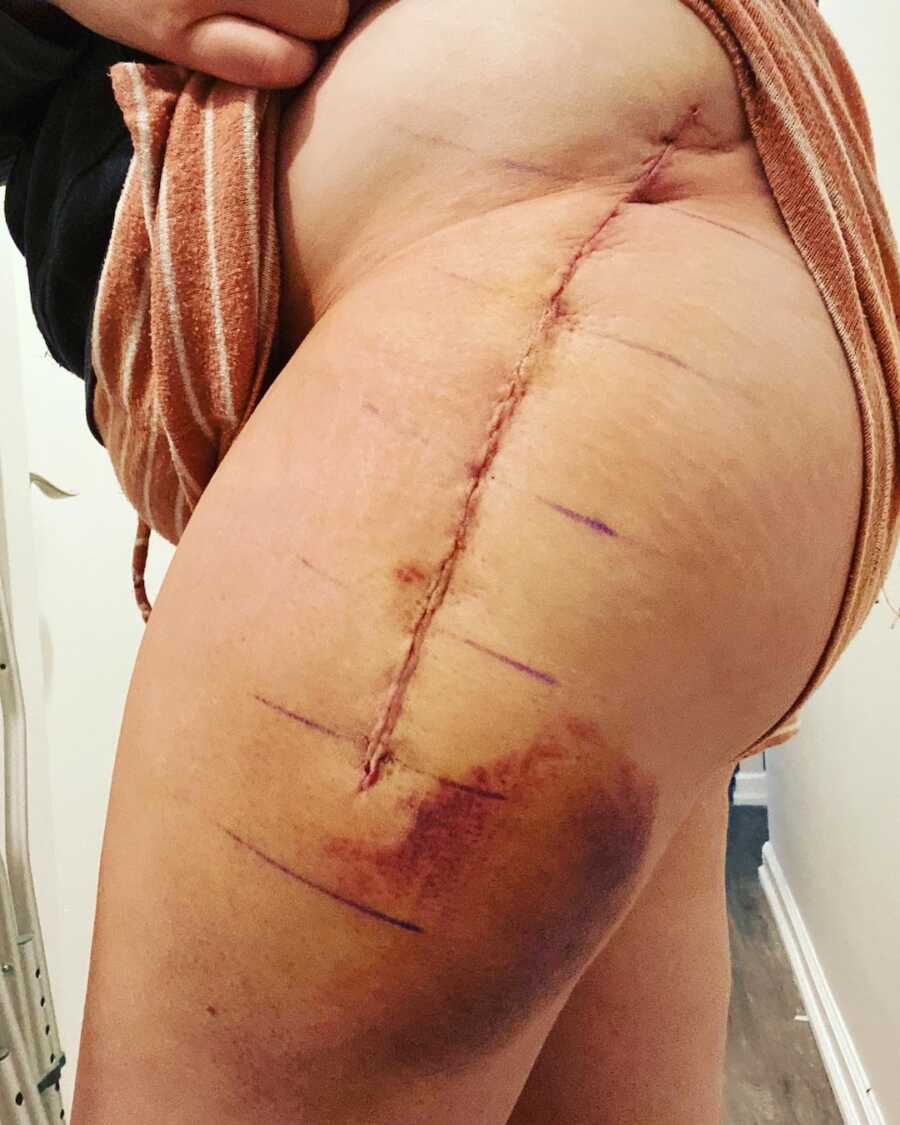
I’m learning to walk for the 3rd time. Each day I’m doing my exercises and I’m getting stronger. It’s painful, but my bones are scraping and ‘catching’ anymore. I’m more determined than ever to honor this second chance at life that I was given. I struggle to find the words to describe what it’s like to live for a quarter of a century in such pain, trying to come to terms with my condition’s permanency, only to be given another chance. It wasn’t easy. It still isn’t easy. But it’s better and that’s all I’ve ever dreamed of. I know that all my mom dreamed of for me as well. This is as much her victory as it is my own. I have a responsibility to use this reconstructive surgery for the better.
Currently, I am finishing up my last year of my Master’s in Social Work. My final internship is at a rehabilitation hospital working with osteopathic patients in recovery. I’m still getting a hang of walking again and remain on one crutch while my muscles re-learn their duties. However, I will not for one day take advantage of this life I never thought possible. I am heading from physical therapy into training for a mini triathlon. I’m very determined to compete and claim that medal. It is the physical representation of this 26-year journey that shaped me into the person I am today. I want to show it to my mom and tell her that we did it, and I want to show myself that it is possible, too.
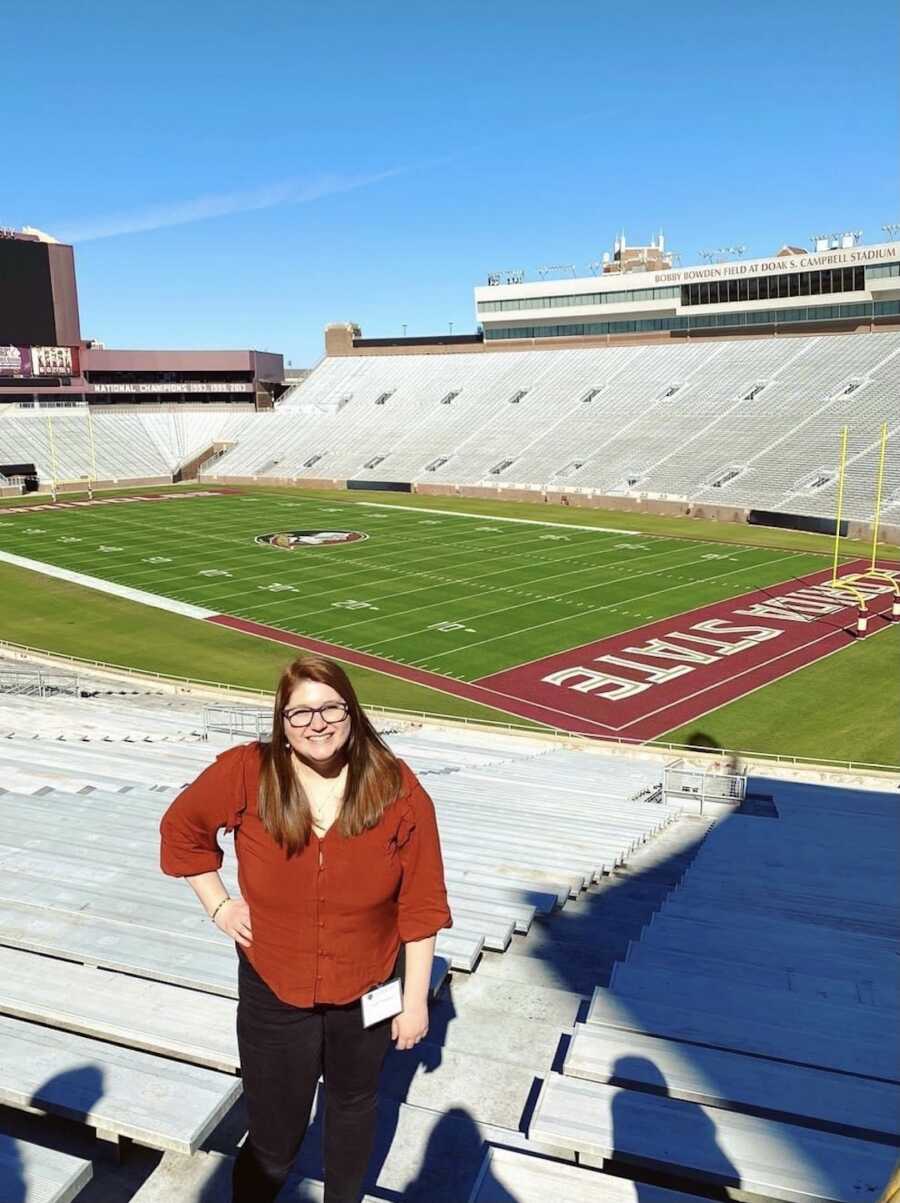
I’ve been strong and I’ve been weak during this journey, but my mother was steadfast. She never believed that we were out of answers or out of hope, she kept pushing and taught me to do the same. Thank God she did, because now I have a life I had mourned and accepted as a lost cause long ago. It’s like coming back to life.
I would love for people to follow along as I begin training for a mini triathlon at my Instagram: brokenthighstominitris. I would love for others to join me in this health journey, as well! I’m beginning from a place of not ‘remembering’ how to walk, so there is no starting point too far out. I would love to connect with create a group of encouragement as I, and any others who want to take back their life, prepare for this physical challenge.”
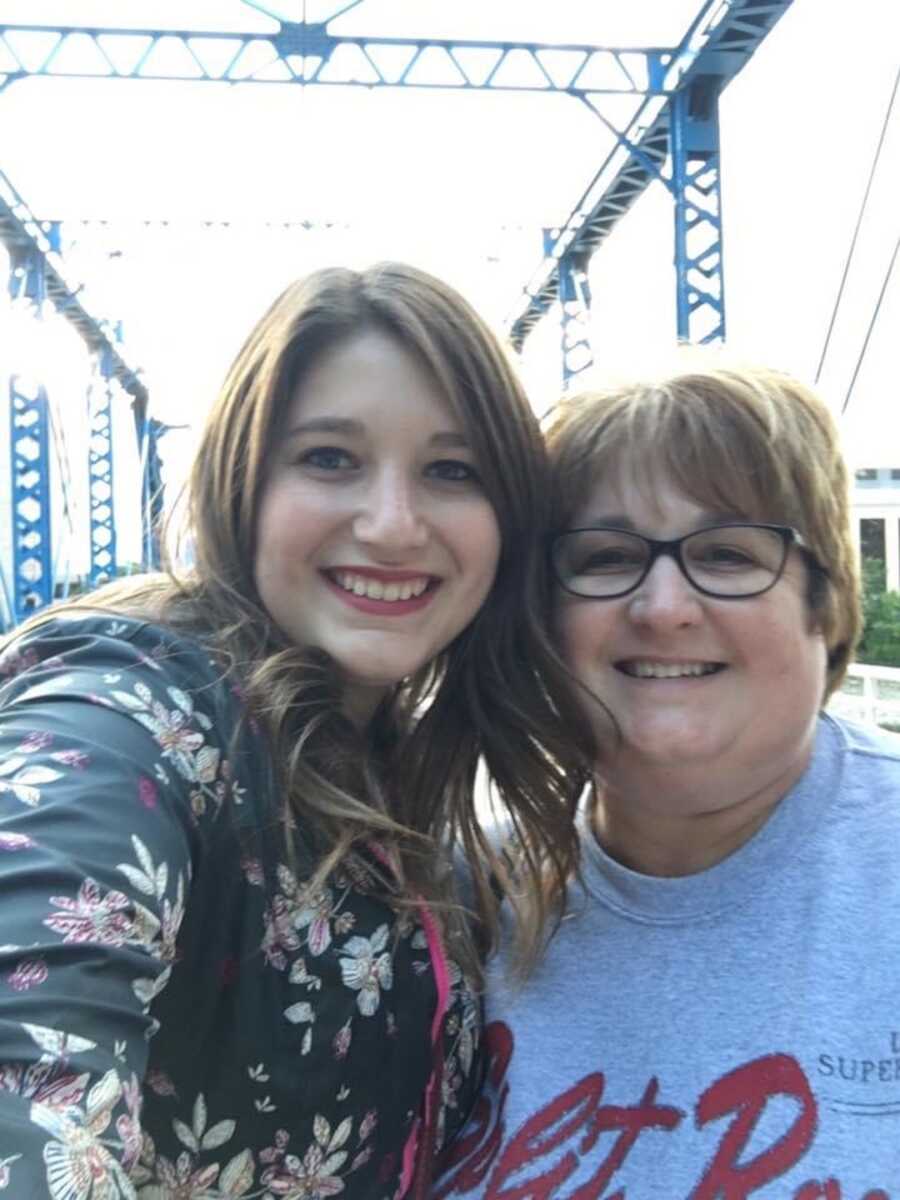
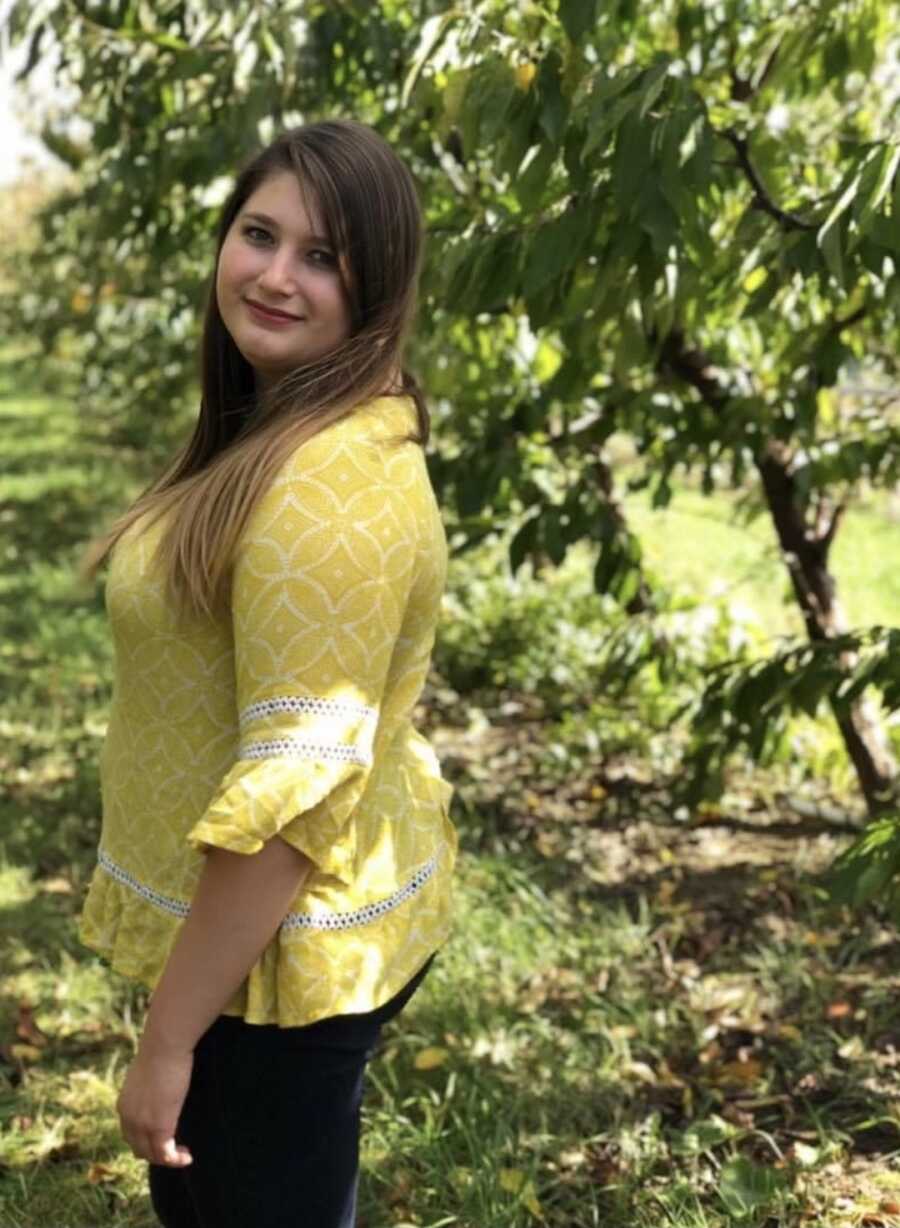
This story was submitted to Love What Matters by Jamie DeMaagd of Grand Rapids, Michigan. You can follow her journey on Instagram. Submit your own story here, and be sure to subscribe to our free email newsletter for our best stories, and YouTube for our best videos.
Read more stories like this:

